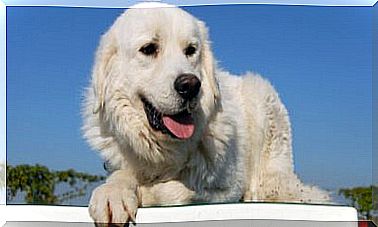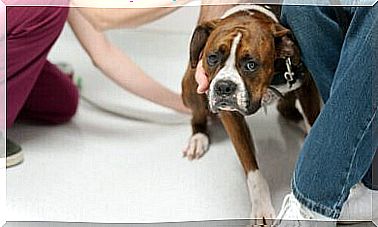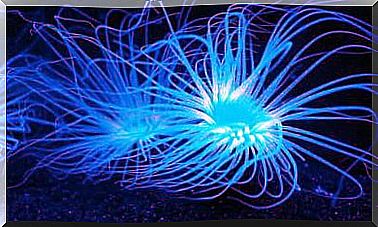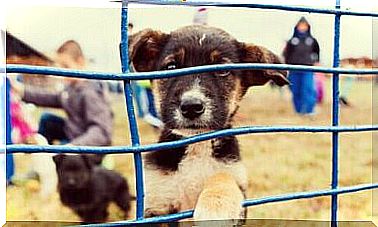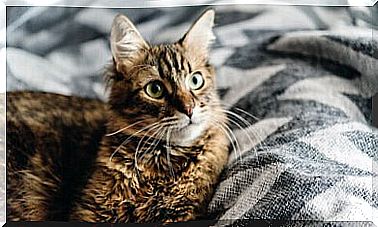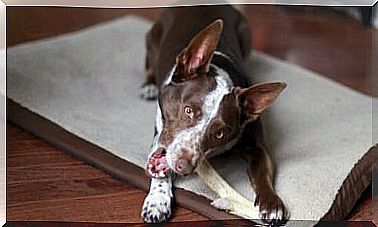Shikoku Or Japanese Wolf Dog: Brave And Funny
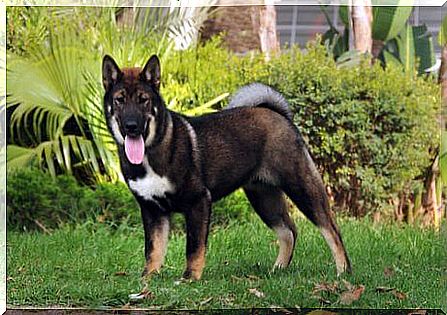
The shikoku is a breed from Japan. In fact, the breed was named after the region from which it originated. This breed is larger than other known Japanese dogs. Furthermore, these animals have a unique color pattern in Asian breeds.
history of shikoku
The shikoku are a breed with a long history in Japan. It is believed that they arrived on the island of Japan around 3,000 years ago, probably from China. Its origins are so ancient that one can only speculate about it with approximate dates.
For a long time, there were three varieties of this breed. However, the one that remained purest was the one living inside the island of Shikoku. This was due to the isolation provided by the region. This is the only lineage that has survived to the present day.
The shikoku is a very agile and courageous dog. It has been used in wild boar hunting almost since its inception. Nowadays, in addition, these dogs are seen as companion animals and guardians.
Shikoku Features
Generally speaking, the shikoku is a medium-sized dog with a well-proportioned, muscular, and compact body. Its appearance resembles that of the shiba inu, but larger.

As for the head, it has a pointed nose and slightly shorter than the skull. Its ears are high set, triangular and always kept upright. Their ears are slightly less mobile than other dog breeds. Also, they tend to focus forward.
Like all spitz-type dogs, the tail is set high and curls over the back. In addition, the tail is also thick and has a little more hair than the rest of the body.
The coat of the shikoku is double. The outer layer is rough and straight, while the inner layer is shorter and softer. Dogs with this type of coat must not be groomed. After all, this double layer protects the animals from both the cold and the heat.
As for color, this breed of dog exists in three variations of blends. This is the typical mix of Japanese races like shiba inu or akita. There is the most usual mix, with a balanced proportion between black and white fur. A black blend, with more black fur than white. And the red mixture, with the inclusion of reddish hairs between white and black.
shikoku behavior
For many generations, the shikoku has been used as a wild boar hunting dog. He is an agile and courageous dog. In addition, it also has great mental and physical energy. Therefore, he likes to download it while playing or exploring the surroundings. A bored shikoku can become a destructive animal. However, he is a great playmate.
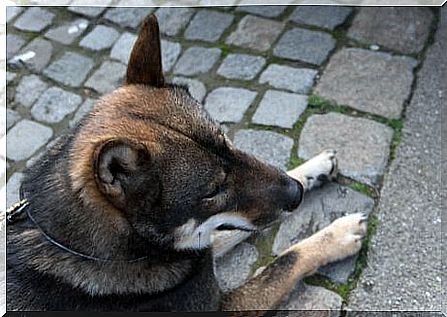
Like many other Asian races, it has a strong and determined personality. Therefore, it is essential to train these dogs through positive reinforcement. They are not dogs that can learn through punishment or force. On the contrary, they are very smart and like to learn.
In hunting, they are animals full of energy and perseverance. This temperament persists when they are pets, where they are also happy and fun. At first glance, they may not seem like the loveliest dogs. However, if they find a family that respects them, they will be tremendously faithful.
Shikoku care
Shikoku doesn’t have many inherited diseases that should worry your family. Despite this, they seem to have a tendency to suffer from eye problems. Among them, retinal atrophy and hypothyroidism.
Therefore, the indications of the veterinarian must be followed in relation to periodic examinations and prevention of other diseases. Among the most serious is elbow dysplasia. You should also not forget about vaccination and deworming schedules.

Being an animal with so much energy, it is important to remember some precautions. After each walk through the wild, it is necessary to do a complete overhaul of the dog’s body. That’s because sticks may have gotten caught between the pads or in the dog’s ears.
In animals that walk in the field, good deworming is especially necessary. After all, fleas and ticks can carry serious illnesses. These parasites can be hidden in the fur or anywhere on the dog’s body.
Don’t forget that you need to do at least a good weekly brushing to remove dead hair. This care is due to the type of coat of the animal. In summer they must not be clipped. Their inner layer of shorter, denser hair protects them from heat.
Shikoku may remind us of other Japanese dog breeds due to their personality, but they have a unique physique. Respect your shikoku, teach it through positive reinforcement. To do this, offer him rewards for his good behavior. That way you will have a faithful and protective friend for a long time.
